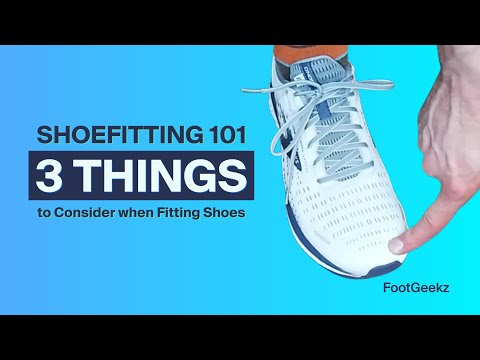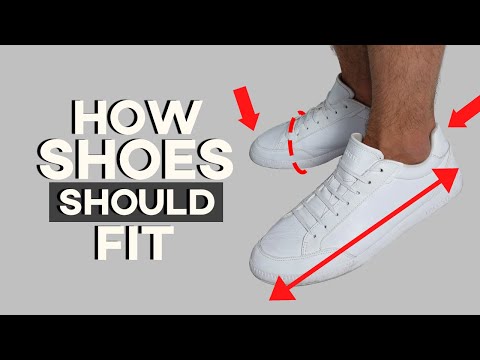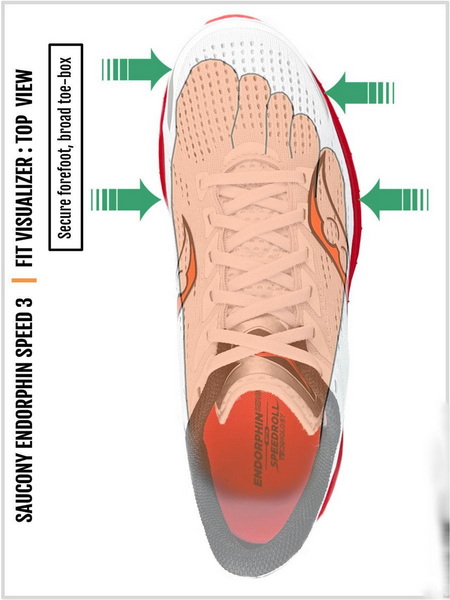Content Menu
● Understanding Shoe Sizes
● How to Measure Your Feet
● Key Indicators of Proper Fit
● Types of Shoes and Their Specific Fit Considerations
>> Casual Shoes
>> High Heels
>> Athletic Shoes
>> Boots
● Tips for Finding the Right Fit
● Common Mistakes to Avoid
● The Impact of Ill-Fitting Shoes on Foot Health
● Choosing Materials Wisely
● Practical Strategies for Ensuring Proper Fit
● Conclusion
● FAQ
>> 1. How do I know if my shoes are too tight?
>> 2. What should I do if one foot is larger than the other?
>> 3. Should I size up when buying high heels?
>> 4. How often should I measure my feet?
>> 5. What is the best time of day to buy shoes?
Finding the perfect fit for women's shoes is essential not just for comfort but also for overall foot health. Ill-fitting shoes can lead to a variety of problems including blisters, calluses, and even long-term issues like bunions or plantar fasciitis. This comprehensive guide will explore how shoes should fit women, covering various types of footwear, measurement techniques, and tips for ensuring a comfortable fit.

Understanding Shoe Sizes
Women's shoe sizes can vary significantly between brands and styles. It's crucial to understand that sizing is not standardized, and what fits perfectly in one brand may not in another. Here are some key points to consider:
- Foot Measurement: Always measure both feet as one foot is often larger than the other. Use the larger measurement when selecting your shoe size.
- Width Considerations: Women's shoe widths are denoted by letters. Common widths include:
- Narrow (C)
- Standard (D)
- Wide (E)
- Extra Wide (EE)
Understanding your foot width is just as important as knowing your length. Shoes that are too narrow can cause discomfort and foot problems, while shoes that are too wide may lead to instability.
How to Measure Your Feet
To ensure you find the right fit, follow these steps to measure your feet accurately:
1. Gather Materials: You'll need a piece of paper, a pencil, and a ruler or measuring tape.
2. Trace Your Foot: Stand on the paper with your heel against the wall and trace around your foot. Repeat for both feet.
3. Measure Length: Use the ruler to measure from the back of your heel to the tip of your longest toe.
4. Measure Width: Wrap the measuring tape around the widest part of your foot to get the width measurement.
5. Consult Size Charts: Compare your measurements with size charts provided by shoe brands to find your size.
Key Indicators of Proper Fit
When trying on shoes, consider the following indicators to ensure they fit properly:
- Toe Room: There should be about a thumb's width (approximately half an inch) between your longest toe and the front of the shoe when standing. This allows for natural movement and prevents crowding.
- Heel Fit: Your heel should fit snugly in the back of the shoe without slipping out when you walk. If your heel moves excessively, it may lead to blisters.
- Width Fit: The shoe should not pinch or compress your foot at any point. You should be able to wiggle your toes comfortably without feeling restricted.
- Arch Support: Depending on your foot type (flat, normal, or high arches), ensure that there is adequate support where you need it most.
Types of Shoes and Their Specific Fit Considerations
Different types of footwear have unique fitting requirements:
Casual Shoes
- Ensure enough toe room and a secure heel fit.
- Look for flexible materials that allow for movement.
High Heels
- Consider sizing up if you plan on wearing heels for extended periods.
- Choose styles with a wider toe box or open-toe designs for better comfort.
Athletic Shoes
- Ensure a snug fit but allow for some extra space in the toe box.
- Look for shoes designed specifically for your activity (running, walking, etc.) as they offer tailored support.
Boots
- Measure calf circumference if buying knee-high or over-the-knee boots.
- Ensure there's enough room in the toe box and that you can comfortably wear socks if desired.

Tips for Finding the Right Fit
1. Try Shoes On Later in the Day: Feet tend to swell throughout the day, so trying on shoes in the afternoon or evening can give a more accurate fit.
2. Wear Appropriate Socks: Always wear socks similar to what you plan to wear with the shoes when trying them on.
3. Walk Around: Take a few steps in the shoes to assess comfort and fit before purchasing.
4. Check Return Policies: When buying online, check if there are flexible return policies in case they don't fit as expected.
5. Consult Reviews: Read customer reviews regarding sizing accuracy before making an online purchase.
Common Mistakes to Avoid
- Ignoring Width: Many women focus solely on length; however, width is equally important for comfort.
- Settling for Uncomfortable Shoes: Don't believe that shoes will stretch out over time; they should feel comfortable from the start.
- Neglecting Foot Changes: Feet can change size and shape over time due to various factors like age or weight changes; measure regularly.
The Impact of Ill-Fitting Shoes on Foot Health
Wearing shoes that do not fit correctly can lead to several health issues beyond mere discomfort:
- Bunions: These painful bony growths occur at the base of the big toe due to tight or narrow shoes pushing the toes inward over time.
- Plantar Fasciitis: This condition arises from inadequate arch support and can result in severe heel pain, particularly after prolonged periods of inactivity or upon waking up.
- Blisters and Calluses: Friction from poorly fitting shoes can cause skin irritation leading to blisters and calluses, which can become painful if not managed properly.
- Posture Problems: Ill-fitting footwear can alter your gait, leading to misalignment in other parts of your body such as knees and hips, which may cause chronic pain over time.
Choosing Materials Wisely
The materials used in women's shoes can significantly impact their fit and comfort:
- Leather: Known for its durability and ability to mold to foot shape over time, leather provides excellent breathability but may require a break-in period.
- Synthetic Materials: Often more flexible right out of the box, synthetic materials can accommodate different foot shapes but may lack breathability compared to leather options.
Choosing shoes made from quality materials that suit your lifestyle will enhance comfort levels significantly while ensuring longevity in wear.
Practical Strategies for Ensuring Proper Fit
1. Test Different Brands: Since sizes vary widely between brands, always try different manufacturers until you find one that fits well across multiple styles.
2. Use Inserts if Necessary: If you have specific foot issues (like high arches), consider using orthotic inserts designed for additional support tailored to your needs.
3. Consider Seasonal Changes: Your feet may swell more during warmer months due to heat; therefore, adjust sizing accordingly when shopping seasonally appropriate footwear like sandals versus winter boots.
4. Regularly Assess Your Shoe Collection: Over time, some pairs may become worn out or stretched beyond their intended fit; regularly assess whether they still provide adequate support and comfort levels before wearing them extensively again.
5. Seek Professional Help if Needed: If you're unsure about what size or style works best for you based on existing conditions like flat feet or bunions—consulting with a podiatrist could provide valuable insights into finding suitable footwear options tailored specifically towards maintaining optimal foot health while achieving desired aesthetics!
Conclusion
Finding well-fitting shoes is crucial for maintaining foot health and overall comfort. By understanding how to measure your feet accurately, considering width alongside length, and being mindful of specific fitting requirements for different types of footwear, you can significantly enhance your shoe-wearing experience. Always prioritize comfort over style; after all, no one wants sore feet!

FAQ
1. How do I know if my shoes are too tight?
If you experience pinching sensations or cannot wiggle your toes comfortably, your shoes may be too tight.
2. What should I do if one foot is larger than the other?
Always buy shoes that fit your larger foot to ensure comfort and prevent issues like blisters or calluses.
3. Should I size up when buying high heels?
Yes, it's often advisable to size up by half a size when buying high heels due to potential crowding in the toe box.
4. How often should I measure my feet?
It's recommended to measure your feet every time you buy new shoes since foot size can change over time due to various factors like age or weight changes.
5. What is the best time of day to buy shoes?
The best time is later in the day when your feet are slightly swollen from daily activities; this ensures a more accurate fit.

















